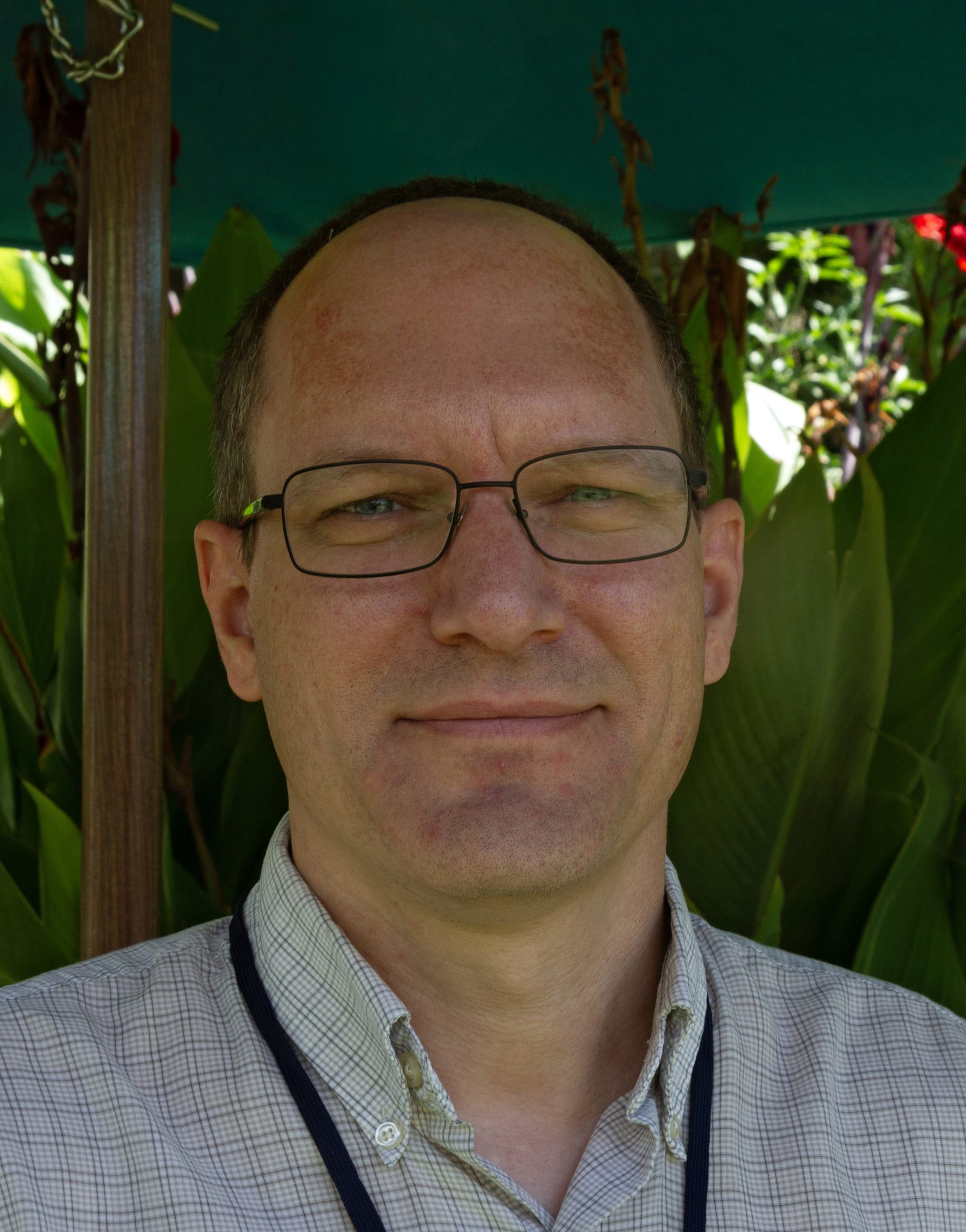PSI Personnel
Project Description
Photometric study on how the surface physical properties of comet 67P/Churyumov-Gerasimenko change with its perihelion passage could provide clues toward understanding of the surface evolution of Jupiter Family Comets (JFCs). There are many analyses on the surface dust cover properties of 67P, but how the dust cover in different morphological areas are modified along the perihelion passage are still puzzling us. To understand the nature of surface evolution of comet 67P we need to examine different regolith alteration and dust transportation scenarios in different geomorphological locations, and to measure the properties with most accurate methods possible. Because photometric properties are sensitive to the physical properties of surface dusts, such as porosity, roughness, and grain size, they can serve as markers for local alteration processes. It enables us to do a more comprehensive study on local dust cover.
We propose to perform a detailed and comprehensive study of how the physical properties of surface dust cover change at different morphological location on 67P and what mechanisms drive these changes. We seek to understand how are the competing processes of outgassing, sublimation, and condensation working together to shape the dust properties of 67P. It is actually two questions to answer: 1) How do the photometrical properties of dusts change with time? 2) What drives the local changes of physical properties?
Objectives:
Our first study is to quantify and compare the variations in physical properties of surface dust layer over various heliocentric distances of various regions of interest, including areas with and without dramatic topographical changes. We plan to divide this work into two tasks: Task 1: To photometrically model and analyze the dust properties of the ten geomorphological sites; Task 2: To build the (pre- and post-change) shape models of three sites with topographic changes using sterophotoclinometry (SPC). Then photometrically model and analyze their dust properties and the property changes. The Digital Elevation Models (DEMs) and geometry data describing the surface topographic changes generated by this study will be archived in the PDS/SBN.
We are curious about the different activities, and we want to understand how the competing processes work together to change the physical properties of surface dusts. Thereby, our second study is to correlate dust changes with surface composition, morphology and solar heat input. And infer the potential local driving mechanisms (such as dust transport, outgassing, sublimation, and mass wasting). The Task 3 is our attempt to find the explanations and interpretations for the changes. We’ll test the results against the hypotheses of different mechanisms and do correlation analyses for both local region and the big picture of 67P’s short-term surface evolution.
Significance:
Previous observations about the spatial and temporal variations in the physical properties of the nucleus suggest interesting changes due to multiple physical processes. Detailed studies are required to better understand those processes and their effects on the evolution of cometary surfaces. However, since the photometric properties of the nucleus changed over time, possibly in different ways to different extents for different geological regions, an in-depth, comprehensive analysis of the photometric properties based on morphological units and at various heliocentric distances is necessary. Our project will provide a first detailed photometric investigation on some of the dramatically changed sites, measure the physical properties and their changes with changing surface shape model we derive.






